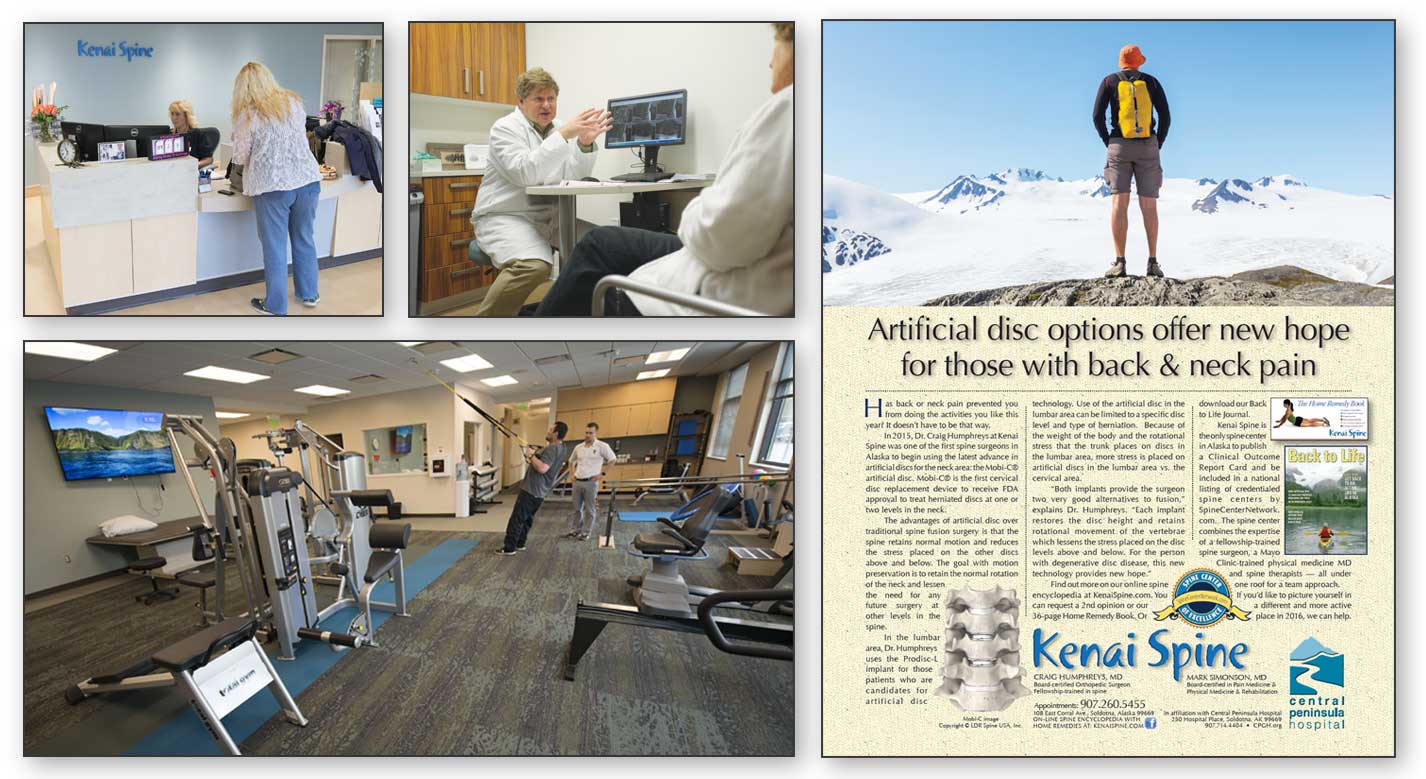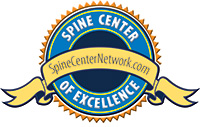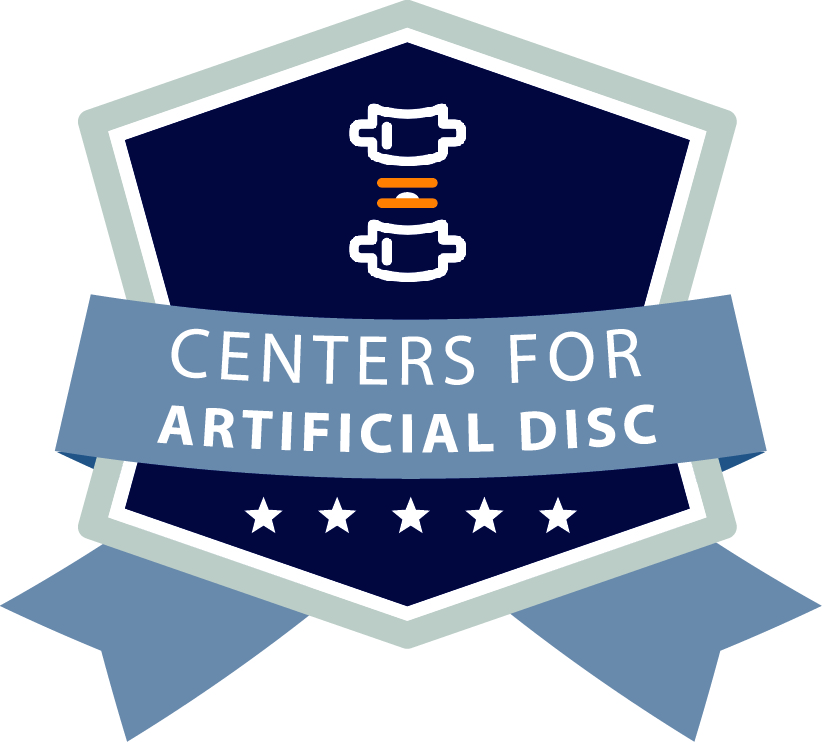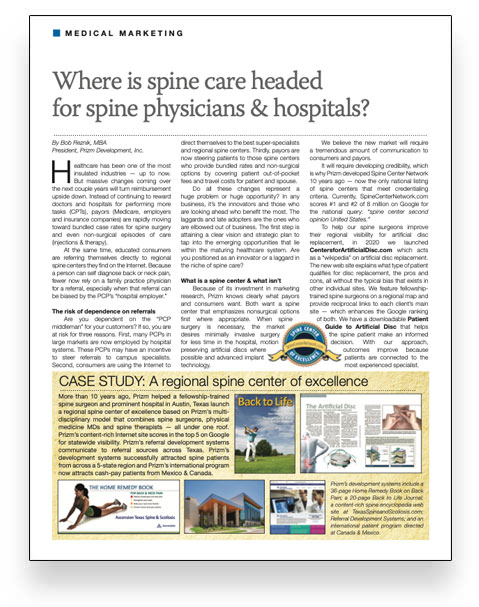Celebrating 30 years as the nation’s most experienced developer of spine & orthopedic centers of excellence.
- 817-481-2450
- Contact Us
-
About PRIZM
Medical Marketing

2024 vision: Where is spine care headed for spine physicians & hospitals?
by Bob Reznik, MBA
President, Prizm Development, Inc.
Celebrating 25 years developing Centers of Excellence for Better Healthcare
Healthcare has been one of the most insulated industries — up to now. But massive changes coming over the next couple years will turn reimbursement upside down. Instead of continuing to reward doctors and hospitals for performing more tasks (CPTs), payors (Medicare, employers and insurance companies) are rapidly moving toward bundled case rates for spine surgery and even non-surgical episodes of care (injections & therapy).
At the same time, educated consumers are referring themselves directly to regional spine centers they find on the Internet. Because a person can self diagnose back or neck pain, fewer now rely on a family practice physician for a referral, especially when that referral can be biased by the PCP’s “hospital employer.”
The risk of dependence on referrals
Are you dependent on the “PCP middleman” for your customers? If so, you are at risk for three reasons. First, many PCPs in large markets are now employed by hospital systems. These PCPs may have an incentive to steer referrals to campus specialists. Second, consumers are using the Internet to direct themselves to the best super-specialists and regional spine centers. Thirdly, payors are now steering patients to those spine centers who provide bundled rates and non-surgical options by covering patient out-of-pocket fees and travel costs for patient and spouse.
Do all these changes represent a huge problem or huge opportunity? In any business, it’s the innovators and those who are looking ahead with 20-20 vision who benefit the most. The laggards and late adopters are the ones who are elbowed out of business. The first step is attaining a clear vision and strategic plan to tap into the emerging opportunities that lie within the maturing healthcare system. Are you positioned as an innovator or a laggard in the niche of spine care?
Because of its investment in marketing research, Prizm knows clearly what the market wants — an approach that emphasizes nonsurgical options first where appropriate. When spine surgery is necessary, the market desires minimally invasive surgery for less time in the hospital, motion preserving artificial discs where possible and advanced implant technology — all for a predictable price.
Differentiation is key
We believe the new market will require a tremendous amount of communication to consumers and payors.
It will require developing credibility, which is why Prizm developed Spine Center Network 10 years ago — now the only national listing of spine centers that meet credentialing criteria. Currently, SpineCenterNetwork.com scores #1 and #2 of 8 million on Google for the national query: “spine center second opinion United States.”
We also know from 20 years of spine outcomes tracking that regional spine centers unfortunately act as the sewer system for the dysfunctional spine care provided by others. Fact: regional spine centers are referred the most complex patients. Our outcomes studies show that 25% to 30% of NEW patients coming in the front door have had back surgery elsewhere.
That means a regional spine center must have “new patient severity data” to defend itself to payors for the expensive care typically required for this complex case mix and to negotiate reasonable severity-based rates. Otherwise, prepare to be blamed for the high cost of salvage work on complex patients that will inevitably seek you out on their pilgrimage after previous failed back surgery elsewhere.
10 ways Prizm helps physicians & hospitals improve their spine & pain care services
-
Spine care program development to improve spine outcomes and revenue efficiency, including space planing, spine center finish out, the installation of spinal injection services and spine therapy. Prizm successfully recruits spinal injectionists and therapists. Prizm triage protocols and cross-referral systems improve the revenue capacity of the center. Prizm enables a physician group or health system to speed the launch of a spine center before competitor centers emerge.
-
Educational content-rich Internet sites that score in the top 10 for consumer searches on Google. These sites make use of Prizm educational intellectual property and proprietary search engine techniques to score above competitors. Prizm sites include exercise libraries; symptom charts that tell consumers when to see the doctor; anatomy libraries; second opinion request forms; and patient feedback portals.
-
Creative Facebook ad campaigns and Google Ads campaigns that increase traffic to the spine center web site and the capture of back pain prospect information like email addresses and mailing addresses into a prospect database.
-
Direct-to-consumer promotion, including educational ad campaigns (print & radio); Facebook ad campaigns; and marketing communications position the spine center as the Expert Source for Information on back and neck pain.
-
The Prizm Home Remedy Book stimulates referrals and acts as a call to action from consumer advertising to create a back pain sufferer database for future direct marketing.
-
Referral development systems make use of databases and marketing communications that communicate the spine program capabilities to stimulate new referrals from chiropractors and primary care physicians.
-
Capabilities brochures explain how a spine program is different and better than alternatives, along with the benefits of minimally invasive spine surgery, artificial disc for motion preservation and other advances in spine care. Patient Brochures, Injection Brochures and Therapy Brochures improve patient compliance with the prescribed spine treatment.
-
Back to Life Journal & Spinal Curves Journal communicate the latest advances in spine care, e.g. minimally invasive spine surgery and artificial disc. The journal can be dlownloaded as a PDF from the web site to differentiate the spine center from all competitors.
-
Reputation management strategies help physicians get control of patient complaint boards like Healthgrades, Vitals, RateMDs, Yelp, Google Reviews, etc.
-
Repositioning for bundled rates: Over 20 years experience in bundled rate development for spine surgery and non-surgical episodes of care, which includes crucial exclusion criteria to protect the spine center from high risk outlier patients.
Disclaimer:
The pictures displayed in this website are images of physicians, patients and employees who have consented to have their pictures in this website. If you are viewing in Internet Explorer 8 or older you may need to update your browser.
RELATED TOPICS
About Us Awards Staff Medical Marketing References Case Study Published Books In the News Spine Center NetworkHAVE A QUESTION?

Wouldn’t it be convenient if someone created a listing of spine centers of excellence across the United States that all emphasize non-surgical treatment options before surgery?
Finally, there is a place.

Centers for Artificial Disc is the only verified national listing of spine centers that specialize in artificial disc replacement surgery.
CentersForArtificialDisc.com